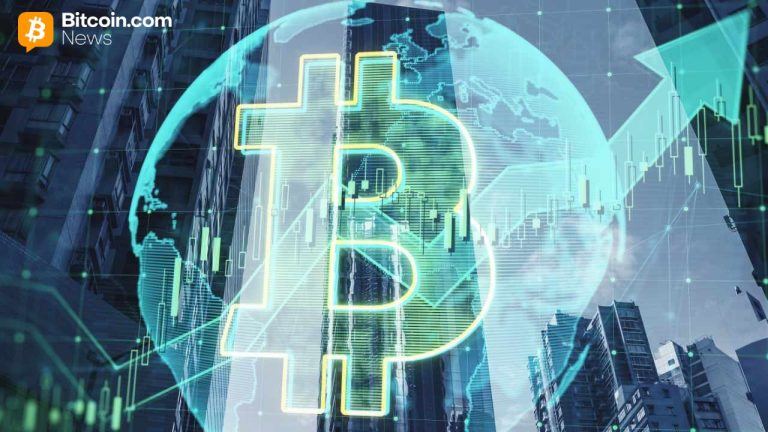The first-world debt crisis means you can expect more pain ahead
3 min read
The huge volume of
Various narratives can be used to justify this deterioration. The most “promising” approach would be to make poverty fashionable. The media — obedient in translating official narratives to become “trendy” — will be quick to tell us that we should buy “sustainable” goods instead of disposable ones; refrain from traveling not because it’s expensive, but because it’s environmentally friendly; and so on.
The key thing to remember is that it would be easy to hide currency devaluation as the performance of currencies is measured against other currencies, which all share the same problems. When the purchasing power of the U.S. dollar and euro declines due to rampant money printing in both economies, the euro and USD may stay relatively stable, creating an illusion of stability for both currencies.
BREAKING: Median asking rent for a US home rises 1.4% in May to $1,995/month.
Meanwhile, the average new car payment is now $800/month.
On top of this, the average American is paying $430/month in credit card debt.
This means the average person is now paying $3,225/month for…
— The Kobeissi Letter (@KobeissiLetter) June 12, 2023
There won’t be many options left for those who protest. Deposits and bonds denominated in reserve currencies will consistently lose against real inflation. This plan has long been implemented, as anyone holding money in deposits in developed countries is financing interest payments on accumulated debts. Holding bonds is hardly a better idea: The yield on 10-year Treasuries barely exceeds official inflation, while the real inflation for key items like housing, education and healthcare is notably higher.
Among the financial instruments, the only remaining options are cryptocurrencies and stocks. Both are denominated in currencies whose purchasing power is deteriorating daily.
Related: SEC charges against Binance and Coinbase are terrible for DeFi
The S&P 500 returned 6.58% per year between 1928 and 2022, on an inflation-adjusted basis. Once again, that’s compared to official inflation, while the real inflation tends to be higher, especially for the low and middle-income guys.
Meanwhile, the S&P 500 has steadily lost ground against the price of Bitcoin (BTC). Several boom-bust cycles in crypto did not change the general trend. Over the longer term, BTC served as a protection against both inflation and the underperformance of the S&P 500.
Talking about fundamentals, data suggests Bitcoin inflation stands today at just 1.74% — way below the official U.S. inflation of 4.9%. At current levels, Bitcoin inflation is already lower than the Fed’s desired 2% target, which means that Bitcoin has a solid base to outperform the U.S. dollar, which suffers from rampant money-printing.
In addition to inflation protection, Bitcoin (and crypto in general) brings privacy and control over your finances. While the “privacy value” is hard to quantify, it may deserve a big premium even in developed countries. For example, a 2013 Cyprus bank crisis led to a 9.9% haircut for depositors who held more than 100,000 euros — and the media did its best to quickly forget the crisis. There is no guarantee bigger economies will not follow the same path when politicians run out of funds. Crypto is one of the few assets that could protect against such risks.
Between January and June 2023, Bitcoin’s price grew more than 50%. It is still far from its all-time highs, but it is par for the course for Bitcoin to fall after spectacular bouts of growth.
Another spike in value is not far-fetched if leading economies continue to devalue their currencies. And it’s a certainty they will do so because they have no other options.
Igor Varnavsky is the chief marketing officer of DeFiHelper, a decentralized noncustodial investment assistant that helps manage and automate DeFi investments across other protocols.
This article is for general information purposes and is not intended to be and should not be taken as legal or investment advice. The views, thoughts and opinions expressed here are the author’s alone and do not necessarily reflect or represent the views and opinions of Cointelegraph.







